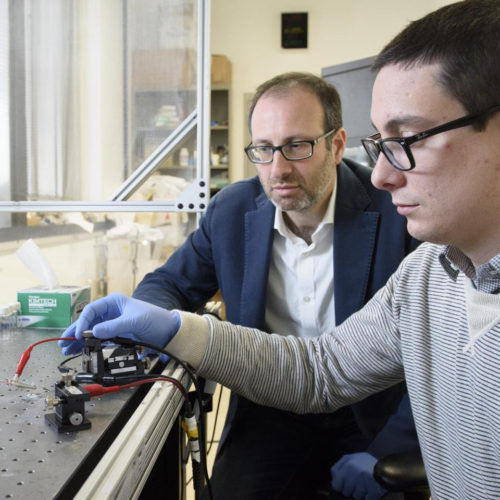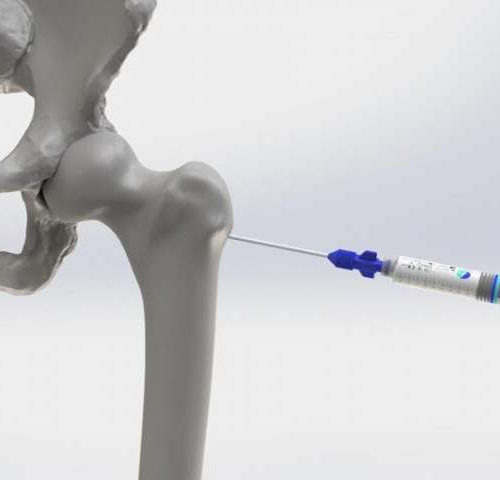by Terasaki Institute for Biomedical Innovation Two approaches for using biomaterials. In the more traditional approach (left), the biomaterial construct is mixed with cells and biomolecules outside of the body and then developed in an external bioreactor. The structure is then implanted into the body. In the more recently used, or “in situ” approach (right),...
Tag: <span>3-D-printed biomaterials</span>
Direct reprogramming: Defying the contemporary limitations in cardiac regeneration
This article by Dr. Vivekanandan Palaninathan et al. is published in Current Pharmaceutical Design, 2020 BENTHAM SCIENCE PUBLISHERS Direct reprogramming or Transdifferentiation is a way of inducing changes in the cell type from one lineage into another lineage, bypassing pluripotency. This approach is an innovative choice to replace the lost cardiomyocytes after an end-stage myocardial...
Stanford researchers develop artificial synapse that works with living cells
CREDIT: L.A. CICERO/STANFORD NEWS SERVICE In 2017, Stanford University researchers presented a new device that mimics the brain’s efficient and low-energy neural learning process. It was an artificial version of a synapse – the gap across which neurotransmitters travel to communicate between neurons – made from organic materials. In 2019, the researchers assembled nine of...
Medical startup Flowbone: Preventing bone fractures caused by osteoporosis
by Valérie Geneux, Ecole Polytechnique Federale de Lausanne EPFL scientists have developed a gel that can locally reinforce bones weakened by osteoporosis. The startup they created, called Flowbone, has just made it through the second round of the Venture Kick competition. Femoral neck fractures occur frequently among the elderly, and are usually caused by osteoporosis—a...
3D-printed living tissues could spell the end of arthritis
Bioinks containing stem cells are being used to 3-D print living tissues that can be inserted into the body and provoke a damaged joint to heal itself. Arthritis breaks down the cartilage between joints, leading to pain, stiffness and swelling. Credit: Jojo, picture is in the public domainIt’s a development that could reduce the discomfort...
Researchers develop 3-D-printed biomaterials that degrade on demand
The temporary structures, which can be degraded away with a biocompatible chemical trigger, could be useful in fabricating microfluidic devices, creating biomaterials that respond dynamically to stimuli and in patterning artificial tissue. PROVIDENCE, R.I. [Brown University] — Brown University engineers have demonstrated a technique for making 3-D-printed biomaterials that can degrade on demand, which can be...



